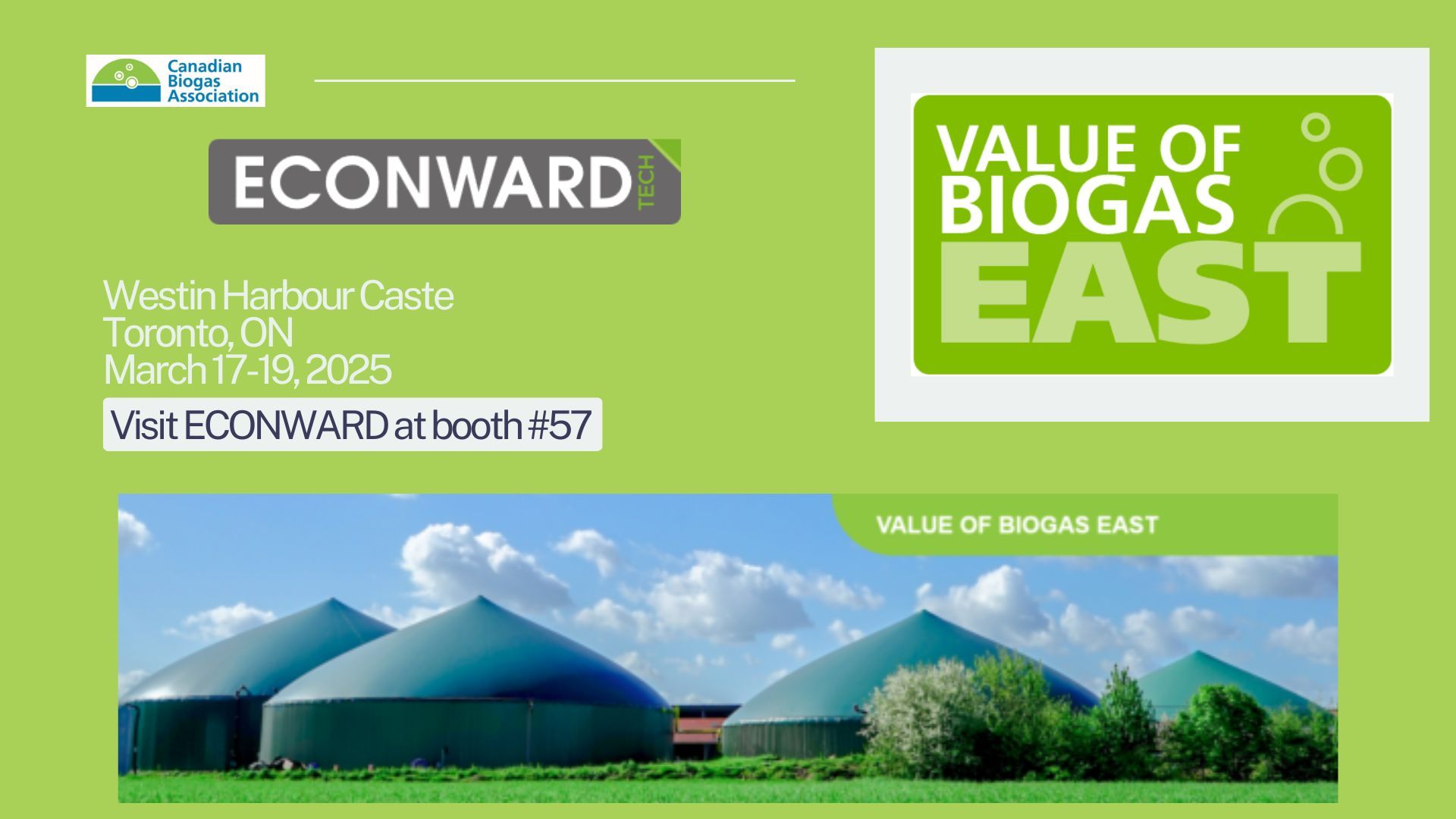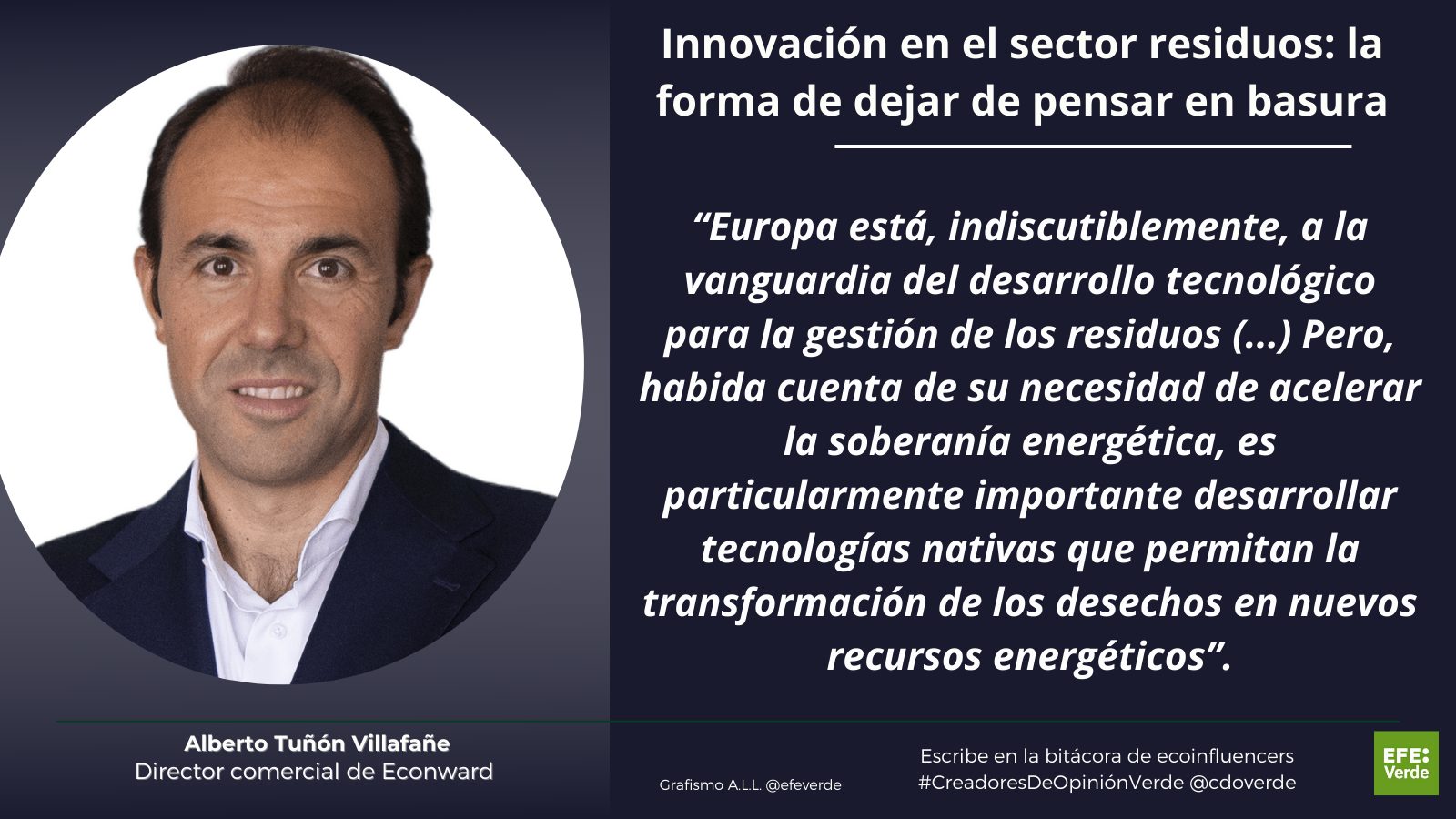JAN. 11, 2024 - SSO vs MSW organics
Challenges and differences in the processing of SSO vs MSW organics for anaerobic digestion

SSO (Source-Separated Organics) and MSW (Municipal Solid Waste) organics are two distinct types of organic waste and processing them for anaerobic digestion (AD) presents different challenges and considerations. Anaerobic digestion is a biological process where microorganisms break down organic matter in the absence of oxygen, producing biogas and nutrient-rich digestate. Here are some key differences and challenges associated with processing SSO and MSW organics for anaerobic digestion:
Composition and Contamination:
SSO: Source-separated organics generally consist of food waste, yard waste, and other organic materials separated at the source. This stream is usually less contaminated compared to mixed waste; however, it might contain pathogens particularly when it comes from large multi-unit residential buildings where people discard used diapers in the organics bin. Typical contamination levels range from 5% in small cities to 30% in large population centers. There are several AD operations in North America using “clean” SSO as feedstock, this is usually the case in small cities. As more jurisdictions implement landfill organic diversion programs, the SSO contamination levels will increase exponentially.
MSW Organics: Municipal Solid Waste contains a mix of various waste types, including plastics, paper, glass, and non-organic materials. The presence of contaminants in MSW can affect the anaerobic digestion process and the quality of the resulting biogas and digestate. Typical food scrap levels range from 20% to 30% and paper/cardboard content range from 10% to 25%. Paper/cardboard are digestible organics if treated in a thermal hydrolysis unit prior to AD, so the resulting digestible organic content in MSW is between 30% and 55% - the balance being non-organic contamination. Pathogens from fecal contamination are almost always present and must be eliminated to ensure a steady AD process and digestate quality. A note about non-organic contamination: some MSW streams contain large amounts of Aluminum cans and recyclable plastics. These materials can be recovered from the MSW using thermal hydrolysis, which will produce two pathogen-free stream, one organic and another non-organic.
Feedstock Homogeneity:
SSO: Source-separated organics are relatively homogenous, which can contribute to more stable and efficient anaerobic digestion processes. Higher volumes of SSO (in large cities) will result in a less homogeneous feedstock for AD, requiring further preprocessing.
MSW Organics: The heterogeneity of MSW organics poses challenges in achieving consistent digestion conditions. Variability in composition can lead to uneven biogas production and may require additional preprocessing steps. This problem is so significant that it has impeded the development of anaerobic digestion systems for MSW organics because it cannot be solved with existing AD preprocessing technologies. Only now, with the introduction of large-scale continuous thermal hydrolysis systems, can it be effectively tackled.
Preprocessing Requirements:
SSO: Source-separated organics may require minimal preprocessing, as they are already separated from other waste streams. This is particularly true for small AD operations. Preprocessing requirements for large scale operations might need to include thermal hydrolysis to ensure feedstock homogeneity and the elimination of physical and bacterial contamination present in larger operations.
MSW Organics: Municipal Solid Waste often needs preprocessing to remove contaminants and non-organic materials before anaerobic digestion. This can involve sorting, shredding, and screening processes, adding complexity and cost to the overall waste management system. As demonstrated by the absence of anaerobic digestion systems processing MSW organics and the presence of several failed projects attempting to do so, new preprocessing methods, such as thermal hydrolysis, need to be implemented to ensure the successful launch of these projects.
Digestate Quality:
SSO: The digestate produced from SSO is likely to be more consistent and nutrient-rich, making it a valuable organic fertilizer. The emerging and accelerating trend toward landfill organics diversion will create physical and bacterial contamination challenges for AD digestate from SSO stemming from the exponential increase in SSO volumes. This could result in the overall AD project failure if digestate needs to be sent to landfill instead of being used as an organic fertilizer.
MSW Organics: Digestate from MSW organics may have variable nutrient content and higher levels of contaminants, impacting its suitability for use as fertilizer. The significance of digestate quality cannot be ignored, and it represents the difference between success and failure. The inclusion of modern preprocessing technologies such as thermal hydrolysis to ensure a pathogen-free digestate is strongly recommended.
Biogas Composition and energy output:
SSO: Biogas produced from SSO is likely to have a more consistent composition, primarily consisting of methane and carbon dioxide. Energy output can be doubled with the use of thermal hydrolysis, due to an increase in organic degradation and reduction in hydraulic residence time.
MSW Organics: The composition of biogas from MSW organics can be more variable due to the diverse nature of the feedstock. Contaminants such as sulfur compounds and volatile organic compounds may also be present. The use of thermal hydrolysis preprocessing will not only increase the overall project energy output but ensure a steady biogas production which is otherwise impossible to achieve.
Scale and Infrastructure:
SSO: Anaerobic digestion systems for SSO are often implemented at smaller scales, such as community or individual facilities. As jurisdictions attempt to implement more SSO programs, the problem of scale and infrastructure will become more significant. Such is the case of California in the USA where SB1383 legislation implementation is resulting in enormous amounts of SSO being targeted for AD.
MSW Organics: Due to the larger scale of municipal waste management, anaerobic digestion facilities for MSW organics may require more extensive infrastructure and planning. MSW organics represent the largest source of landfill emissions worldwide, and a gigantic opportunity for AD developers. However, this new challenge cannot be met with old preprocessing methods from the last century. New technologies such as thermal hydrolysis will become the industry standard for MSW organics AD projects.
In conclusion, while both SSO and MSW organics can be processed through anaerobic digestion, the challenges and considerations differ based on feedstock characteristics, composition, and the overall waste management system. Proper planning, preprocessing, and system design are essential to optimize the anaerobic digestion process for each type of organic waste.
Latest news
- News

MARCH 17-19, 2025 - Canadian Biogas Association
2025 Value of Biogas East Conference
Excited to be heading to Value of Biogas East Conference

.png )